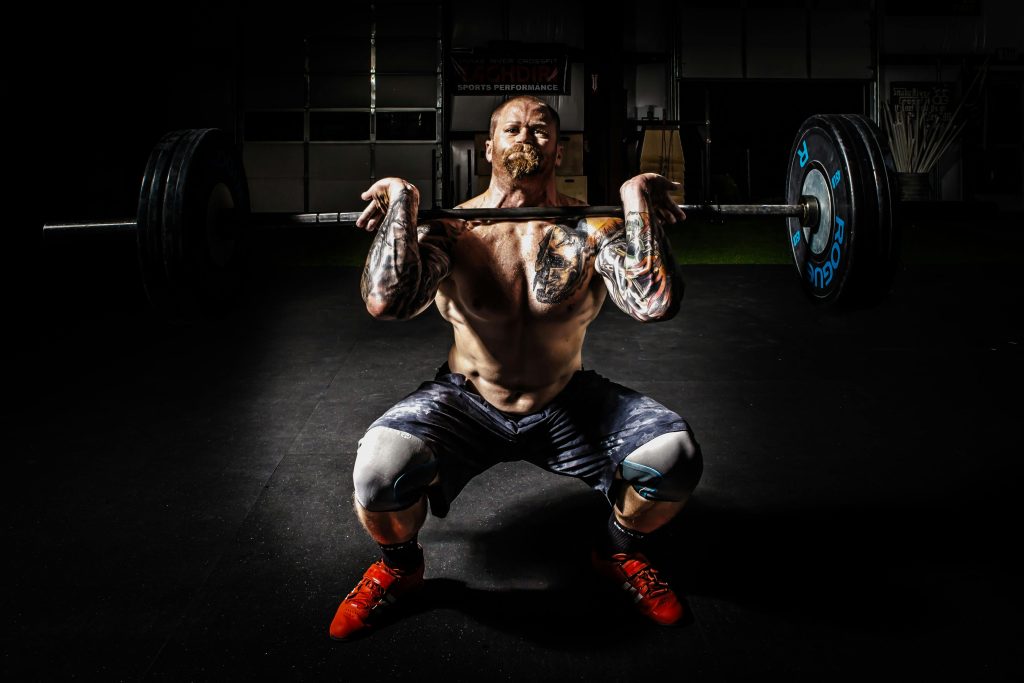Continuing the previous topic, let’s analyze the next mistakes that occur during chest presses.
Lifting the legs off the ground
Do not move your legs during the bench press, as it is easy to lose balance. Place your entire feet firmly on the ground. Think of it as the foundation of a solid building. If you add to this the contraction of muscle groups such as quadriceps, biceps and glutes, you will be able to handle a greater load.
Wrist bend
Bending the wrists and “resting” the barbell on them is a bit of a natural reflex. About 90% of beginners do it. The main reason is that they put too much load, and as a result, their hands are unable to support the weight, so they support themselves with their wrists. You should avoid such a position of your hands, as there is a high probability of damaging your wrists, and besides, less force is generated with this method of pressing. Of course, with the “right” load, the wrists will slightly change the angle of position, but it cannot be an extreme bend. I recommend using wraps, which help a lot to control their position and protect against injury.
Buttock lift
This error is also due to too much load being applied. The chest is not able to cope with it, so it supports itself as much as it can, and by tearing the buttocks off the bench, overload is created on the spine, which is a quick way to injury. The buttocks should be against the bench throughout the bench press. Arching the back is recommended, but the hips must be against the bench at all times.
Head Detachment
A rare error, but I happen to notice it in some practitioners. Keep your head in line with the alignment of your spine. Otherwise, you will overload the cervical spine.
Shortening the extrusion path
However, I see this mistake very often. The barbell, instead of touching the sternum, is pushed out halfway through, and the delinquent throws more kilograms on the bar to see if 100 kg will “go”. Even if he “goes”, he has not achieved any spectacular success because he has not completed his full range of motion. If we reduce the range of motion, we deprive ourselves of an increase in strength and muscle mass. Of course, there are training methods based on approaching a higher than maximum load of a given athlete by performing an incomplete range of motion, but let’s be honest; In the gym, most of us do muscle hypertrophy, not powerlifting.
The chest press seems so easy, but in fact you can make a lot of mistakes with it, which can not only limit your progress, but worse, lead to injury! Therefore, next time you perform this exercise, instead of focusing on adding more and more weight, focus on the technique and check if you are not making the mistakes listed above.
